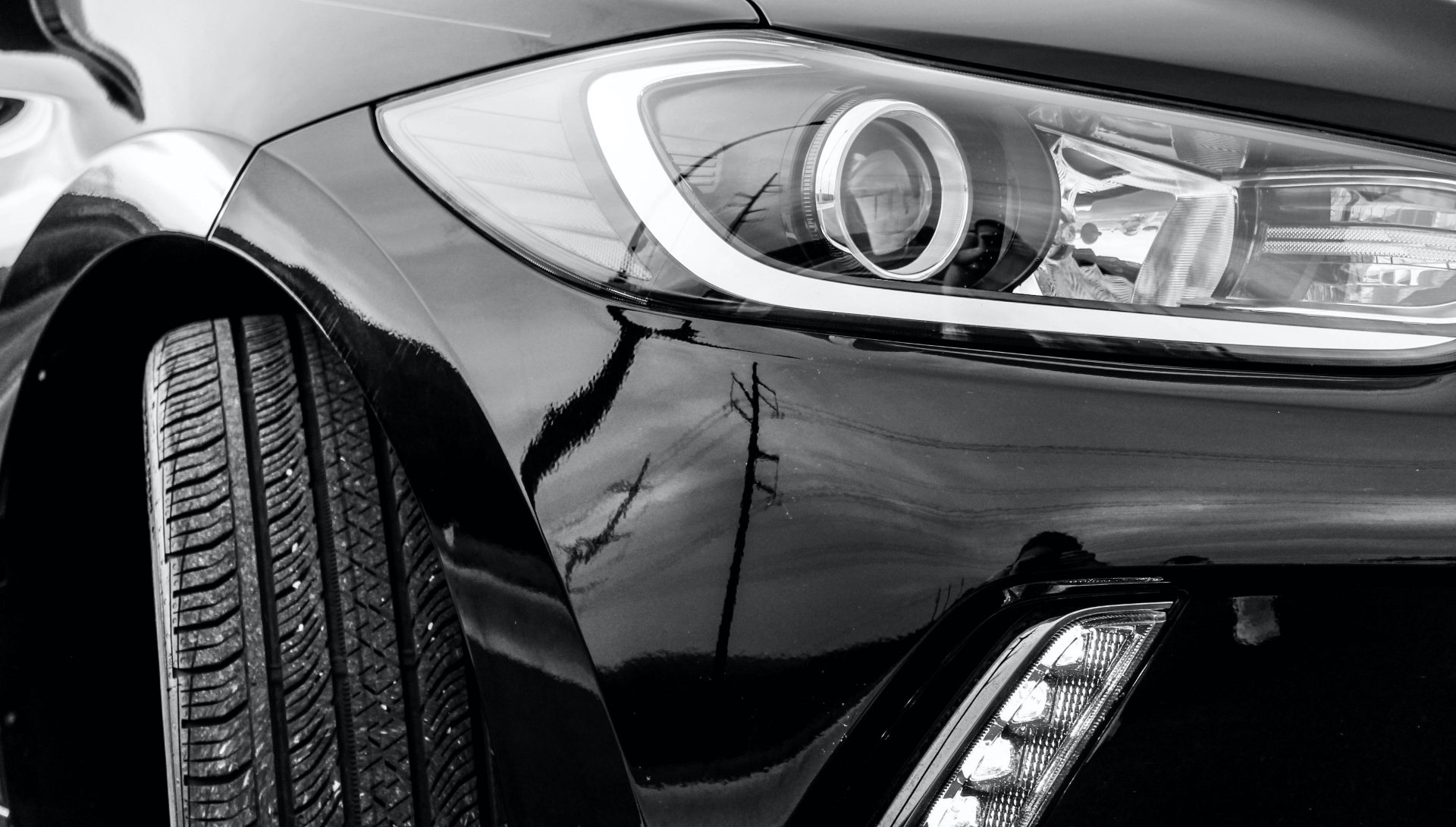

NMR for Automotive Paint and Tires
NMR for Automotive Paint and Tires
Bruker’s innovative solutions have found application in a huge array of industries, including the field of paint and tires. The industry’s most prominent paint companies use Bruker NMR technology in research and development, on product composition, and in quality control.
How NMR Benefits Paint Manufacturers and Paint Products
High resolution NMR can give paint manufacturers invaluable insight into products that have not performed as they should have. Being able to identify a problem within a paint product is crucial for the reputation of a company’s product, and Bruker’s NMR technology can help these companies to easily identify what has gone wrong in a paint sample and therefore what to change to rectify that problem.
There have been cases in which automotive paint was found to fail after a number of years, leaving vehicles missing entire strips of paint. The implications for the company are clear in this situation, and NMR’s ability to give insight into how paints behave when they are used was invaluable.
This value came from high resolution NMR, along with solids NMR’s, ability to elucidate the process by which paint cures and what happens to the chemicals present in the paint as they age. As a non-destructive technique, NMR possesses a unique analytical benefit in that complex sample preparation is not necessary, which accelerates the molecular analysis process. There is no need to make derivatives of the chemicals being analyzed, as raw materials can easily be used for investigations with high resolution NMR.
NMR for Paint Conservation
Another application in which NMR has found value is in conservation science, in particular analyzing paint used in artwork. As paintings are often a blend of organic and inorganic materials, the ways in which paint begins to degrade can be varied, ranging from environmental conditions, chemicals used in restoration, and primarily, the type of paint used to create the artwork.
Solvents and water often present problems in relation to paintings, and as such NMR has been used to analyze how water molecules and the materials used on an artwork interact.
How NMR Benefits Tire Manufacturers
Rubber is made up of long and flexible, entangled macromolecules. When used to make tires, there are several layers of rubber that possess different properties, as well as extra materials used to reinforce the tire. Manufacturers can study the depth of these layers as well as their properties with NMR.
NMR can also be used to advance research into the negative impact used rubber tires have on the environment, as Bruker’s NMR technology has been used to facilitate the creation of a method of recycling the organic polymers found in automobile rubber.
How Bruker’s NMR Technology Can Help
By nature, NMR is non-destructive, and samples, whether that is automotive paint or tires, can be used for NMR analysis before being analyzed again through other techniques. It is important to be able to apply different analysis methodologies to samples, as the ability to gather material from culturally important artworks, for example, is usually limited. As such, minimal raw materials are needed for multiple rounds of analysis. Studies have also found that cryogenically cooled NMR probes and microprobes also reduce the amount of sample material needed, even down to the µg scale.








